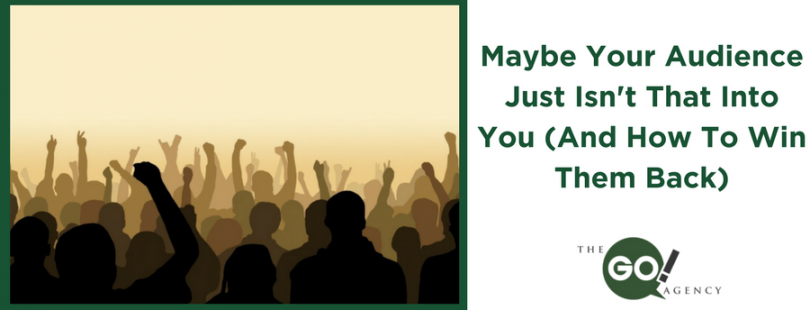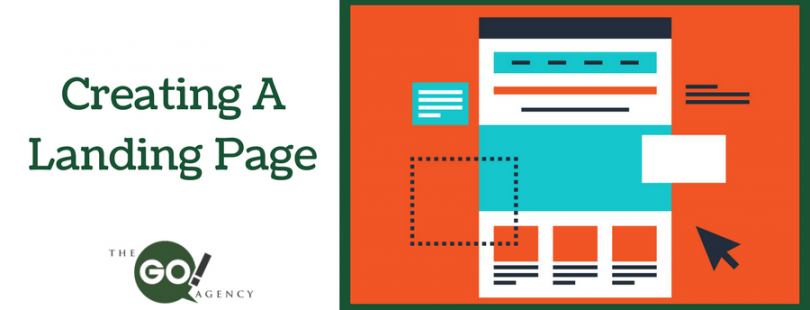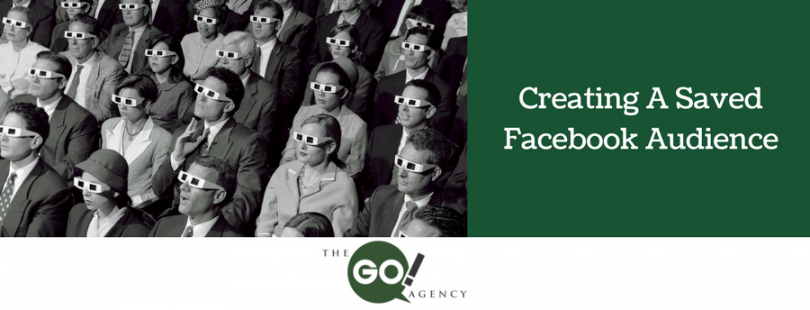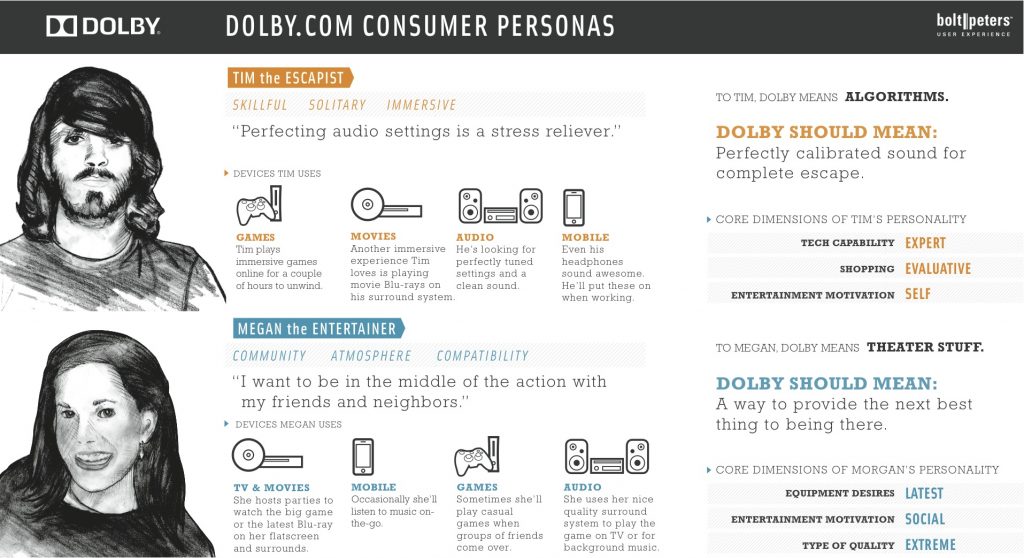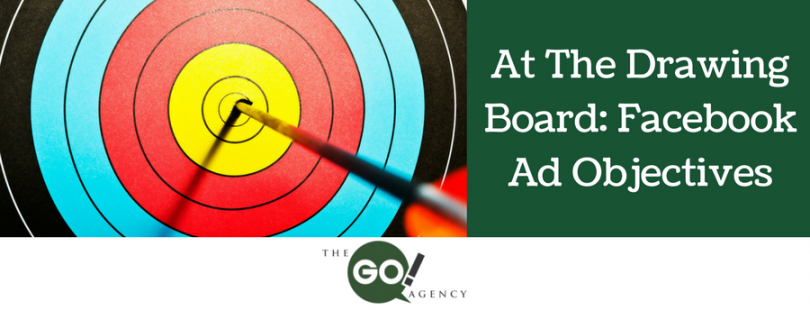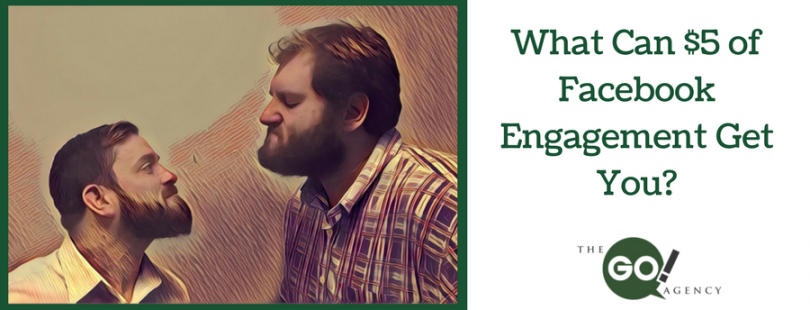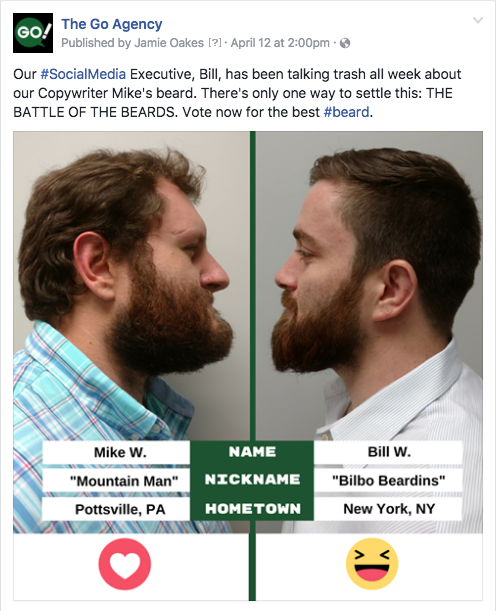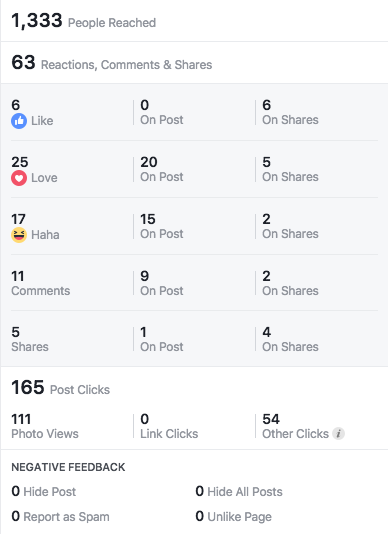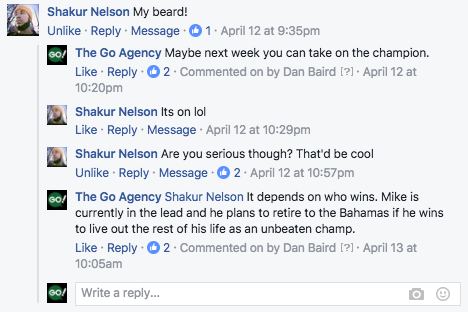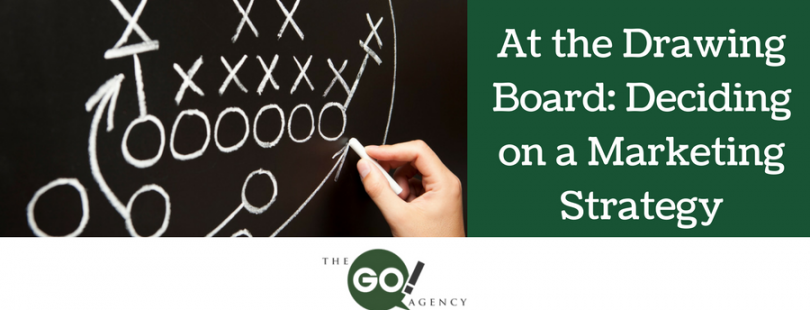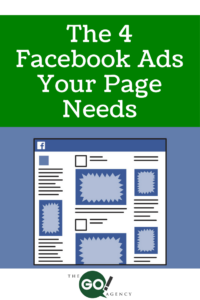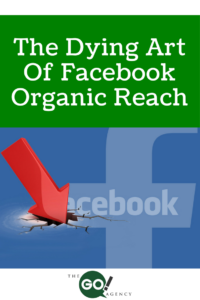Are you trying to promote your business through Facebook advertising? Do you want to increase brand awareness on a local or global scale? Do you want a VERY specific group of people to see your ad? Maybe you want anyone and everyone to see you? It’s all possible, but you need a pro’s help.
When we work on Facebook advertising for our clients, we are fully aware that we’re in for a task. Each business is an entirely separate entity and as such, requires a unique approach. Why? Because Facebook gives us so many options and avenues to visibility that we have to carefully craft a strategy for every advertisement.
What are the best ways to fully utilize Facebook strategies? How should YOUR business use them? Below are five of the most effective options that you can take advantage of when trying to market your brand.
1. Location. When we’re looking at these options, we have to ask ourselves “Who do we want to click this ad?” Obviously, the answer should correspond with who your target customer is. Does your brand appeal to customers in your hometown or all across the U.S.?
For example, the law office of Payne & Price wants to reach out to more potential clients. However, they only handle cases in Atlanta. Obviously, there wouldn’t be any point for them to pay for a national reach. People in non-relevant areas would see the ad and move on, and they would do so fast. Narrowing your geographical reach is important, especially if you are trying to appeal to a particular area.
2. Age and Gender. We have bunched these two together because many times they go hand-in-hand. Age and gender are important options that need to be specified in any campaign. Whether you know it or not, your product’s appeal has an age range. Often, it will also appeal to male or female audiences as well.
Safe Haven Nursing, an in-home caregiving facility typically for seniors, is trying to raise their brand awareness on Facebook. Their target audience is not the elders themselves, but rather their adult children. They should target the ages of 40-55 in their specified area. Since studies show that the children who make decisions about their aging parents’ healthcare are often daughters, they may also want to choose a female audience.
On the contrary, My Cali, an eager startup clothing line that is aimed at Millennials, will want to target those between 18-35 to match their desired clientele. They can also make separate ads that feature male and female apparel.
3. Life Events. Are you a wedding planner? Baby clothes retailer? Marketer for a college? This one is for you. People celebrate milestones in their life on Facebook quite often and as a result, you can offer them targets to compliment this time.
The marketing team at Hampton Ridge, a beautiful event venue in the Pocono Mountains, is trying to reach out to engaged couples looking for places to spend their special day. With Facebook marketing, they can target couples in the area who have been engaged for 3 months and 6 months. They won’t bother with those who have been engaged for over 12 months because those couples are typically ready to walk down the aisle. With Facebook advertising, you can be that specific.
4. Income. To be frank, what is the sense of marketing to a crowd that can’t afford your product? Or, you may want to reach out to a more or less wealthy clientele. Either way, you have the ability to target those in a specific financial bracket or those with a particular household income.
The folks at Everclean Housekeeping were tired of being rejected after giving quotes for their services. Instead of lowering their rates, they decided to use Facebook marketing to target those with incomes $100K or above. They quickly saw a different demographic start calling in, and business improved.
5. Interests and Values. When I say interests, I don’t necessarily mean you should target people who like to play basketball or go hiking (although you could do that). Facebook has the ability to look at the Pages people have liked as well as tap into their profile information so users see promotional content they are actually interested in.
This goes beyond hobbies or passions. Perhaps your product appeals to a more conservative or liberal audience? Maybe you want to reach out to the Christian, Jewish, or Muslim communities in your area? Or maybe you just want to promote your products to those who support your local football team. Whether it’s a personal interest or something that your target market values, it’s possible to connect with people with that shared commonality.
As you can imagine, of all of these strategies this one takes some finesse. I would suggest you take a step back and look at your “typical” customer. What do you imagine them doing or participating in when they aren’t in your business?
Banyan Tree Tutoring was trying to reach out to parents in the Chattanooga, TN area. When they began their advertising journey, they chose to add several elements from above. First, they wanted to reach those who were interested in the local schools, Facebook pages about parenting and home-owning, and local sports teams. Then, because they are considered a premium service, they chose a specific income. Next, they chose the age range of the typical parents with school children, 28-50. Finally, they decided to stick within 20 miles of the Chattanooga city limits. Through these efforts, Banyan Tree Tutoring and thousands of other businesses are drumming up more business in ways they didn’t expect.
Are you excited yet? You should be! But you need to face facts, Facebook advertising is intense. It takes time, effort, and strategy. However, once you have it down, you will have an advantage over the competition and reach an audience you wouldn’t have access to otherwise.
Ready to start Facebook advertising for your business? Contact us today!
Read More




